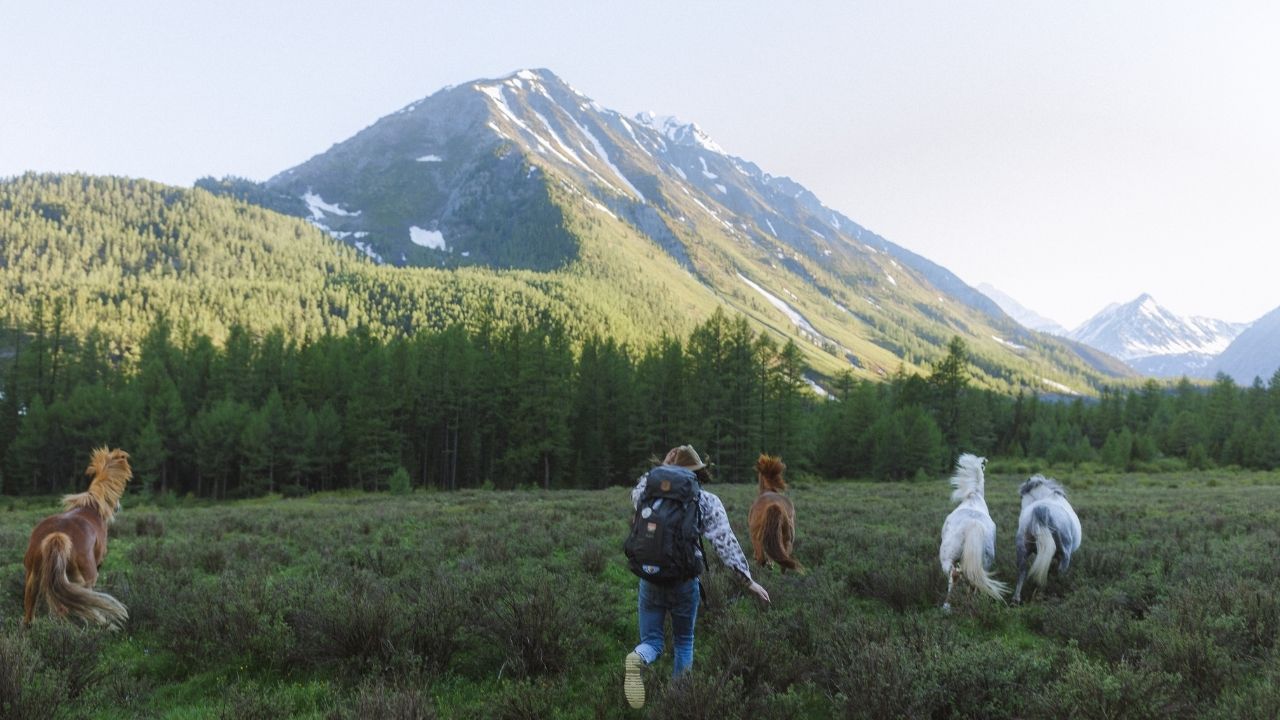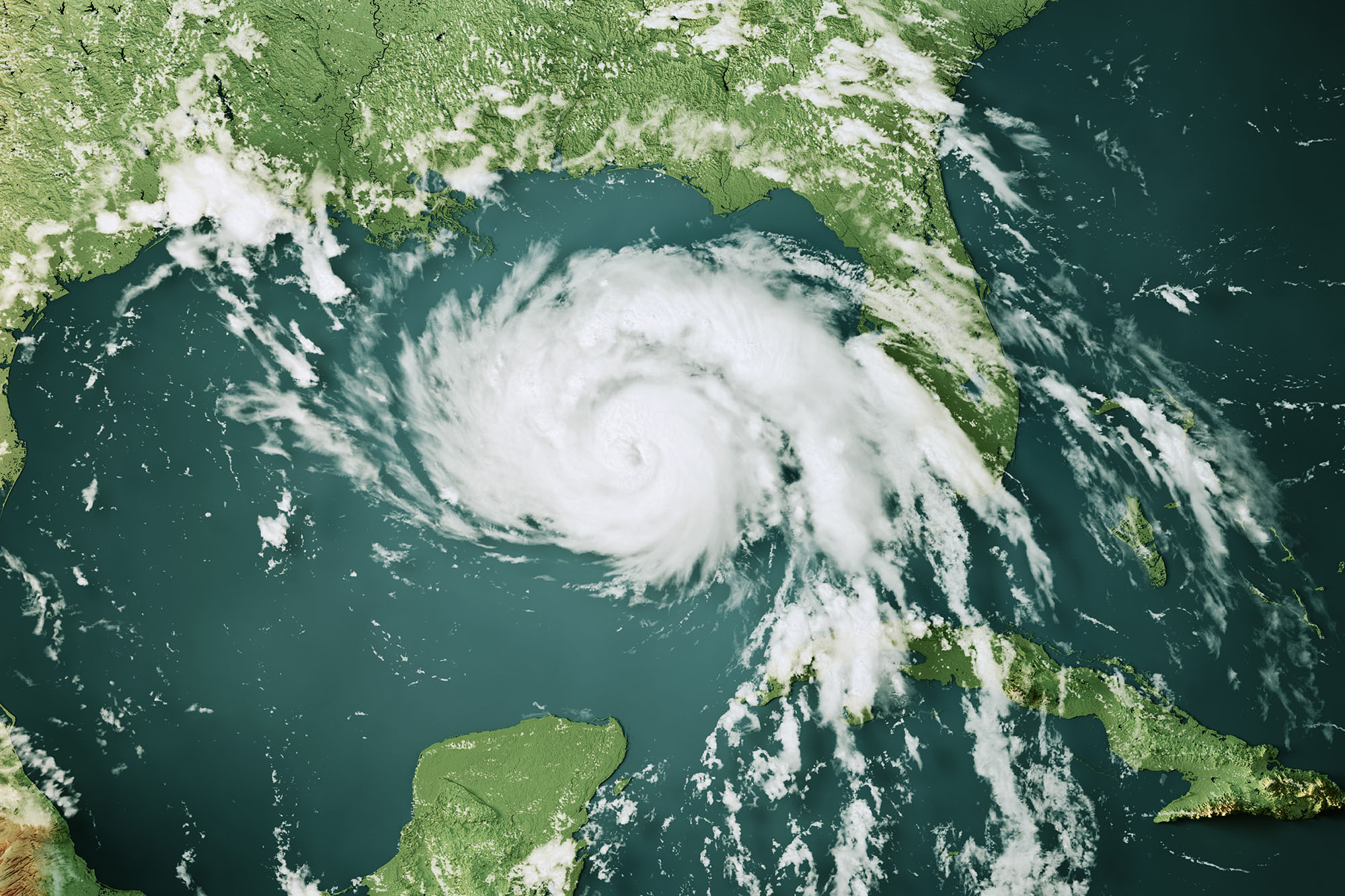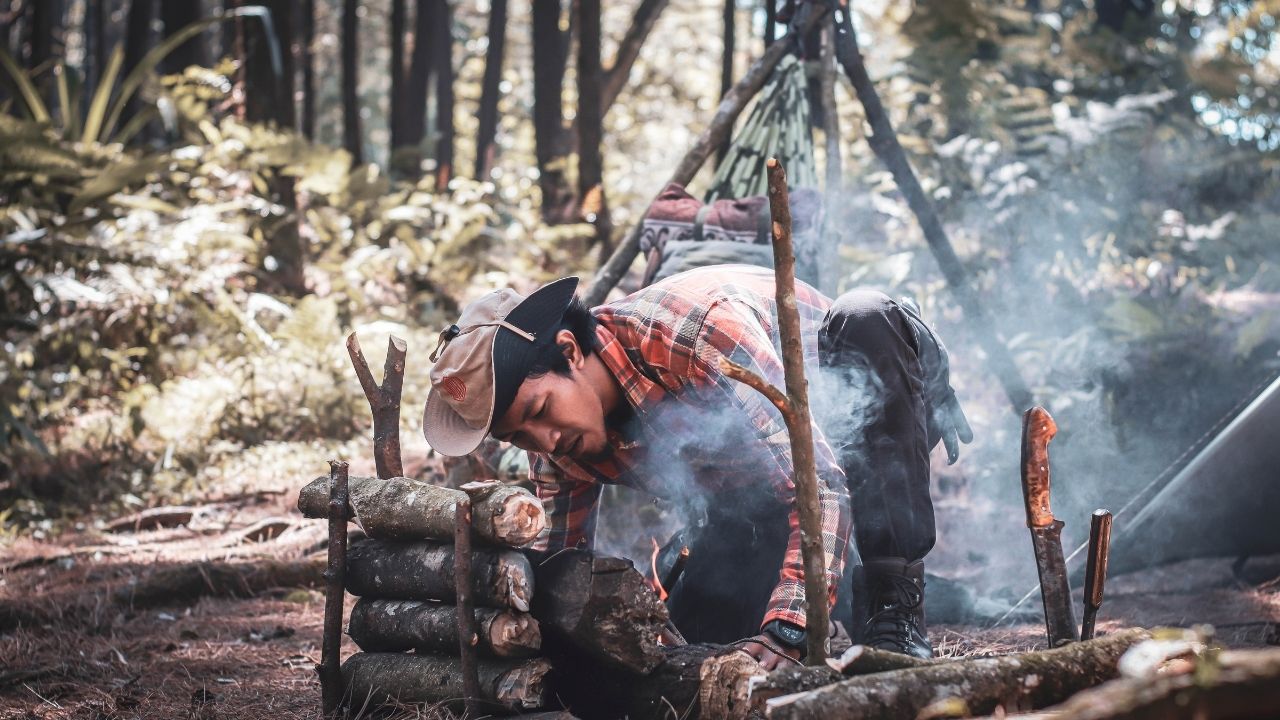
A map and a compass are essential for any hike or camping trip. This is a great way to save yourself in the event of an emergency, or for getting lost.
Depending on where you are hiking and your level of skill, there are many ways to use a map or a compass. In this article, we will explore some of the most common methods and help you to find your way in the wild!
Maps and Compasses
A map is an instrument that can help you find your way around and determine your course. A map can be used as a companion to a GPS, and it can also be used to locate North or to follow a route.
There are many different types of compass, but all have the same basic features: a base plate, a bezel (compass housing), a magnetic needle and orienting lines. You can align your compass with your map's north/south grid lines using the orienting lines.
Magnetic North or the magnetic north pole is where the compass needle points. However, it can change slightly every year; this is known as declination and can make it difficult to navigate correctly.
To orient your map, first find a landmark on the ground like a body of water, a mountain peak or a geographic feature. Place the landmark in one of the back corners on the compass, align the bezel with it and rotate it until the orienting lines match your route.

You will also need to read a bearing between the edge and the base of your compass and where you are located on the map. A bearing is the direction in which you will be able to reach a specific landmark from your current position. This is calculated as the angle of that line relative to a baseline.
To avoid making unnecessary stops on the trail, keep a map and/or compass handy. This is especially important for navigation in wilderness areas where electronics can easily become lost or damaged, and where even a minor error could spell disaster.
Triangulation
Triangulation is a method that allows you to find your location on a map if you get lost in the wilderness. This involves identifying two landmarks, such as the end of a mountain, lake or bridge, and then taking a bearing to each one from your current position on the map.
These lines can then be plotted on your map. The intersection of your compass bearings and your map is your approximate location. In most cases, you can use this method if the map is accurate.
Triangulation requires two landmarks at least 60 degrees apart that can be seen from your location on the map. These landmarks will be needed to take a bearing to point to your location on the map. Then, use the bearings to draw the line between the first and second landmarks, creating a triangle.
Triangulation may be used to pinpoint the exact position and direction of a spacecraft or satellite. It is used for surveying as well as navigation.
Finding Your Way
If you are lost, there are a few options to help you find your way. Some of them involve getting help from rescuers, others involve trying to make it back to civilization or your base camp on your own.

Before you head out on a hike, make sure to map the route. You will need a backup plan if you get lost. This will allow you to quickly find your way back and prevent you from having to retrace all your steps if lost.
Time Checks & Landmarks
It is a good habit to mark major trail junctions or terrain features on your map. If you do get lost, you can easily retrace the steps and have a reference point to help you estimate how long it will take for you reach civilization.
Pace
Keeping track of your pace is also important for navigation. You should keep track of how fast you walk across different terrain and conditions. To help you remember what the area looked like before, you might take photos.
Another option is practicing using your compass. This can be done by picking a nearby landmark, and walking straight in the direction of it. Using your compass can help you navigate if you lose your way.
FAQ
What is the average time it takes to get help after getting lost?
This depends on several variables:
-
You are where you need to be
-
Which type of terrain are you in?
-
Whether you have cell phone reception
-
How many people have seen you?
-
Whether you're injured
-
You are either dehydrated or not
-
Water consumption is a matter of personal preference.
-
Whether you have eaten recently
-
You should wear appropriate clothing
-
No matter whether you are carrying a compass, a map, or a compass
-
How familiar are your local surroundings?
-
How many years has it been since your loss?
-
How long did you spend looking for help?
-
How long does people take to notice you are gone?
-
You are amazed at how fast they find you and start searching for you
-
How many rescuers have you attracted?
-
How many rescues has your family received?
How do you choose the best knife to suit your needs?
It can be hard to find the right knife. There are so numerous brands out there that claim they are the best.
But which one is the best? How can you choose between them?
Consider first what tasks you are going to be performing with your knife.
Do you intend to cut wood, skin animals, chop vegetables, or slice bread?
Is your knife intended for hunting or fishing? Are you going to use it for camping cooking?
Will you use it to open cans and bottles? Do you plan to open boxes or packages?
Do you need your knife to be strong enough for heavy loads?
What about cleaning it after every use? How often are you going to wash it?
Does it need to hold its edge well over time?
Why are knot-tying skills so vital for survival?
People all over the globe use knots to attach items like ropes, fishing lines and ladders. They are also useful for tying bags shut and securing objects to trees. When you are required to tie yourself to a tree, rope, or secure your shelter, the ability to make knots can be a lifesaver.
How can you remain calm in a survival situation
For most situations, calmness and patience are key. It's easy, especially in a survival situation where you are isolated from civilization, to panic. Keep calm and be patient, you will be able to handle whatever happens.
It's important to remember that you cannot change the outcome of a situation. You only have control of how you react. In this way, you can still feel good about yourself even though you didn't accomplish everything you wanted to.
When you are in a survival situation, you must remain calm and collected. This means that you must be mentally and emotionally prepared.
Mental preparation includes having a clear goal in mind and setting realistic expectations for yourself.
Physical preparation is ensuring you have enough food for the rescue and water.
After you have completed these two steps, you can begin to relax and enjoy your experience.
Why are survival skills essential?
Basic survival skills include the ability to hunt, fish and make fire. These skills are essential no matter where we live, but they become even more critical when traveling alone or in remote areas.
Other survival skills include navigation, self-defense and wilderness medicine. They are vital life-saving tools and should be used before venturing out into the unknown.
You may also need to have other skills in order to be useful away from your home. For example, if you plan on spending your vacation hiking through the mountains, learn some mountaineering techniques if you plan to go camping in the desert, learn how to survive in extreme temperatures. There are many ways you can prepare for any situation. So don't be afraid of trying new skills.
What is your best survival tip for the future?
You can survive by staying calm. You will fail, make mistakes, and eventually die if you panic.
Statistics
- so you can be 100 percent hands-free, and there's less chance you'll put your torch down and lose it. (nymag.com)
- In November of 1755, an earthquake with an estimated magnitude of 6.0 and a maximum intensity of VIII occurred about 50 miles northeast of Boston, Massachusetts. (usgs.gov)
- The Dyrt PRO gives 40% campground discounts across the country (thedyrt.com)
- The downside to this type of shelter is that it does not generally offer 360 degrees of protection and unless you are diligent in your build or have some kind of tarp or trash bags, it will likely not be very resistant to water. (hiconsumption.com)
External Links
How To
How to Build a Lean To Shelter
Lean-tos are small structures found throughout the United States. They are typically made from wood or metal poles covered by tarps, canvas, plastic sheeting, or corrugated roofing material. The walls, floor, and ceiling are usually built first, then the roof is added.
A lean-to is a temporary shelter constructed at the side of a building when the weather does not permit the construction of a permanent shelter. It may also be referred to as a "lean-to shed," "lean-to cabin," or "lean-to house."
There are many types of lean-tos, including:
-
A simple wooden frame with a tarpaulin covering. This type of lean-to is commonly seen in rural areas.
-
A lean to tent that consists of a framework made of poles and supporting a Tarpaulin.
-
A leaning-to cabin, also called a "cabin - on-frame", is made up of a platform supported and supported by beams or posts.
-
A lean-to shed is also known as a "shelter on a pole" or "paddockshed". It consists of a frame of poles and supports covered with a cover.
-
A leaning garage, also known by the names "garage ofstilts" and "overhang", is made up of a steel framework supported on concrete stilts.
-
A lean-to studio is also known as a "studio on a frame" or "studio on a post". It consists of a framework that consists of two horizontal members (posts), and one perpendicular (beam).
-
A lean-to greenhouse, also called a "greenhouse-on-a-post," consists of three parallel horizontal members (posts), one perpendicular member (beam), and a canopy.